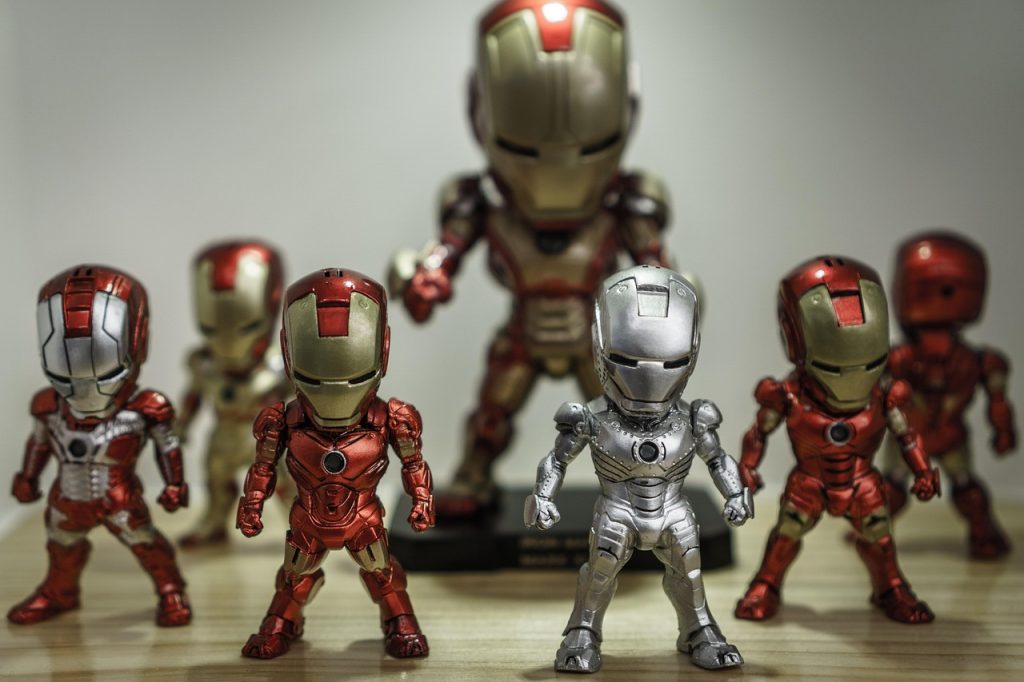In a groundbreaking fusion of nostalgia and fashion, McDonald’s has joined forces with Pacsun to create an exclusive McDonaldland merchandise collection. This collaboration brings to life retro-inspired apparel and accessories that are catching the attention of fans eager for a taste of the past. The collection taps into the cultural resurgence of vintage aesthetics, blending iconic McDonald’s characters and themes with contemporary fashion sensibilities. It’s a clever nod to the brand’s rich history while embracing modern style.
As part of this digital rollout, McDonald’s has ingeniously integrated its loyalty program, allowing customers to redeem loyalty points for discounts on Pacsun purchases. This strategy not only incentivizes loyal customers but also draws a new crowd into the fast-food giant’s orbit. By merging fast food and fashion, McDonald’s is redefining consumer engagement, turning a simple loyalty program into a full-fledged lifestyle experience as reported by Nation’s Restaurant News. The partnership demonstrates a forward-thinking approach to brand collaboration in the digital age.
The exclusive nature of this collection is stirring excitement among fans, who are clamoring for these must-have items. Available only through this unique collaboration, the McDonaldland merchandise has become a coveted badge of fandom and fashion alike. This blend of exclusivity and nostalgia is not just about clothes; it’s a testament to the power of brand storytelling. By leveraging its iconic imagery, McDonald’s is cultivating a deeper connection with its audience, resonating on a cultural and emotional level.
This collaboration raises intriguing questions about the future of brand partnerships and consumer loyalty. Can the fusion of fast food and fashion continue to captivate consumers, or is it merely a fleeting trend? As McDonald’s and Pacsun push the boundaries of traditional brand engagements, they set a new standard for how companies can innovate and connect with their audiences. What other unexpected alliances might we see in the future, and how will they reshape the consumer experience?


